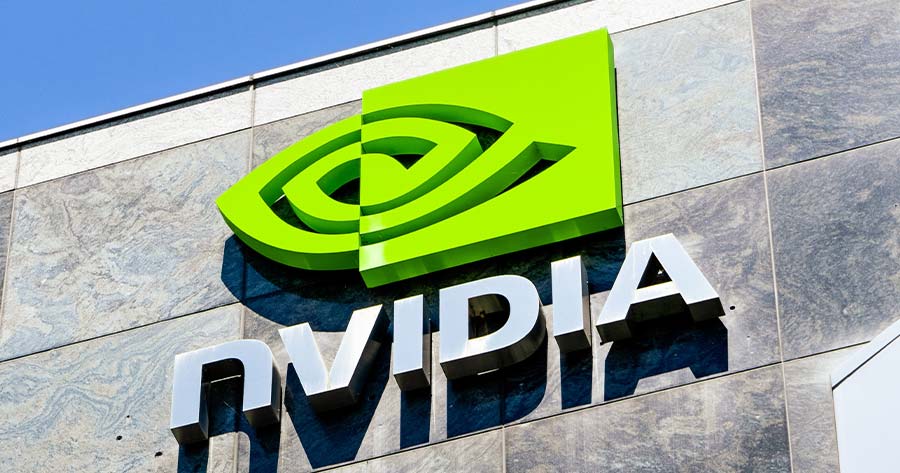Nvidia’s attempts to reestablish itself in China with its H20 artificial intelligence chips may be less triumphant than in previous years, as the company now contends with both shifting regulatory frameworks and increasingly capable domestic competitors.
Last month, the Trump administration clarified it would allow Nvidia to resume exports of its H20 chips to China, after an effective ban was enacted in April. The company also rolled out a China-specific model that complies with current US regulatory standards on advanced technology shipments.
The policy pivot was initially viewed as a significant victory for Nvidia, which had warned of multibillion-dollar losses tied to the abrupt halt in Chinese exports.
Market analysts, however, caution investors not to expect Nvidia to recover its previous dominance in China’s booming AI sector.
According to a new forecast from Bernstein, Nvidia’s share of the Chinese AI chip market is poised to fall to 54% next year, down sharply from 66% in 2024. The research notes this is not solely the result of regulatory disruptions: Chinese tech conglomerates, long limited by US controls, have rapidly developed their own advanced hardware.
U.S. exports curbs have left a vacuum in China’s AI chip market, which were later filled by domestic producers, Bernstein said in its report, highlighting the momentum of firms such as Huawei, Cambricon, and Hygon. Bernstein projects that the proportion of locally produced AI chips in China will swell from 17% in 2023 to 55% by 2027, signaling a dramatic inversion in technological self-reliance.
Crucially, Bernstein’s outlook is predicated on a scenario where current U.S. trade policies endure. Should restrictions tighten, the incentive for further technological decoupling in China will only grow, potentially cementing loyalty to local chip brands. Even if policy softens, analysts suggest, Nvidia could face diminishing demand as Chinese firms introduce highly competitive AI chips, crowding out older technology from US suppliers.





